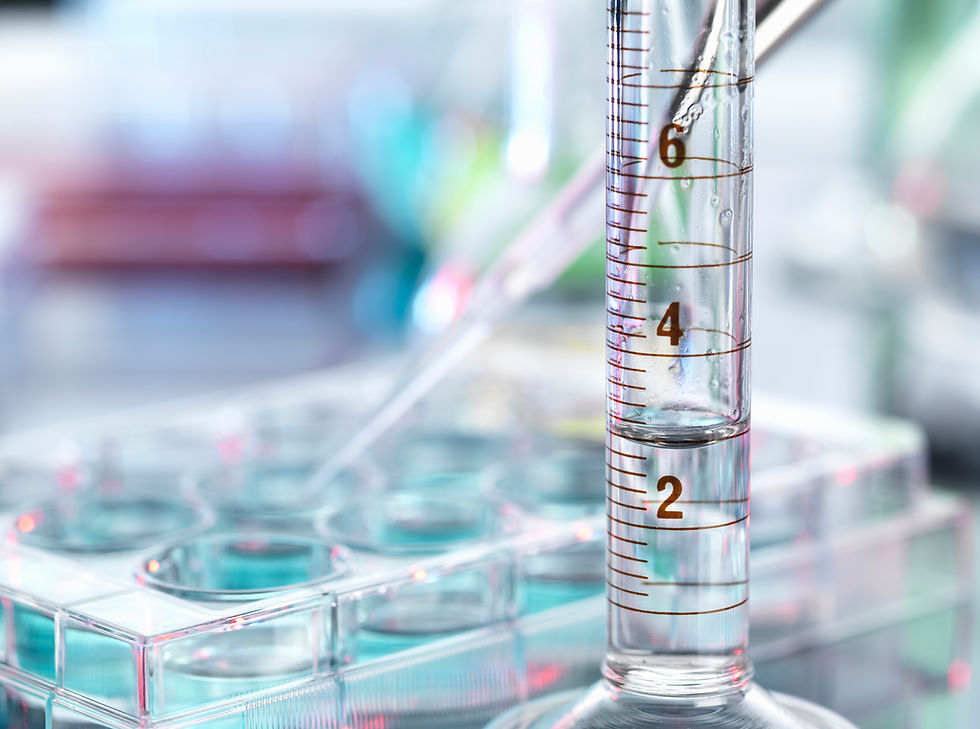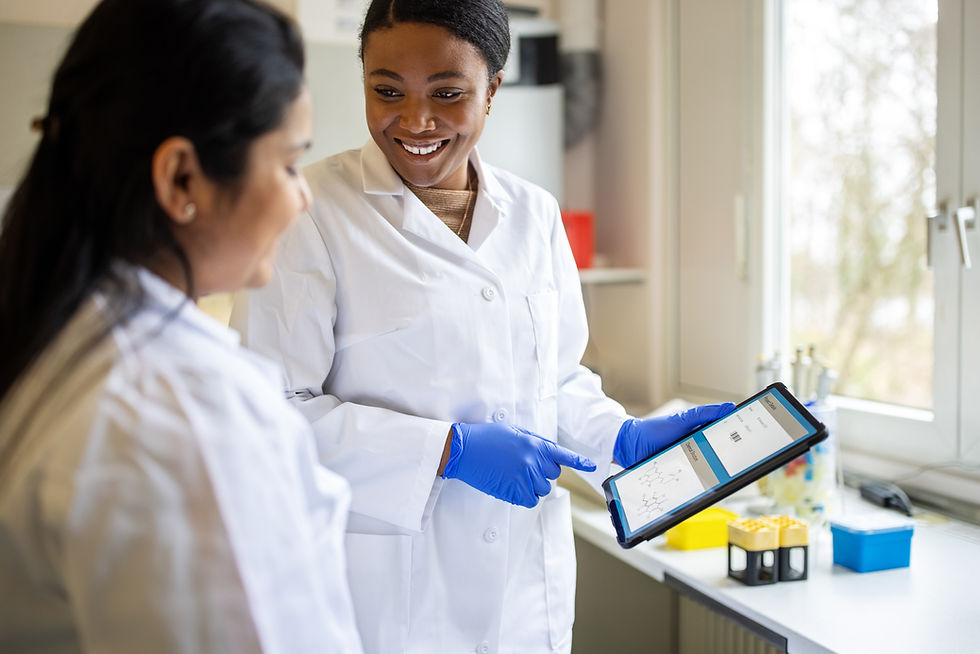Stop the Flow: Saving Water with Recirculating Chillers
- Ben Gray
- Mar 5
- 3 min read
Updated: Aug 16
Water, water everywhere, and not a drop to drink. This is true in laboratories as much as the sea, with water usage being a significant but often overlooked sustainability issue. In many labs, single-pass cooling - where water runs once through an apparatus before being discarded - remains a common practice, wasting thousands of litres of clean water every day.
Why Is Single-Pass Cooling a Problem?
Single-pass cooling, uses a continuous stream of tap water to absorb heat from equipment before draining it away. This approach comes with some major drawbacks:
💦 Extreme Water Waste
A single water-cooled condenser is often ran at rates up to 2 litres of water per minute. That’s 2,880 litres per day if left running - and that is a conservative estimate!
💸 Unnecessary Costs
Every litre of water used in cooling is water that must be paid for, treated, and disposed of. Labs using single-pass cooling see significant spikes in their water bills.
🌡️ Inconsistent Cooling
Tap water temperature can fluctuate, affecting experimental reproducibility and equipment efficiency.
Recirculating Chillers: A Smarter Solution
Fortunately, there’s a better solution: recirculating chillers. These systems provide efficient, closed-loop cooling, significantly reducing water demand without compromising performance. If your lab still relies on single-pass cooling, switching to a recirculating chiller could be one of the most impactful sustainability upgrades you make. They work by continuously cooling and reusing the same water through the equipment. By using a closed-loop system, recirculating chillers provide stable and efficient cooling without the constant need for fresh water.
Where Can Recirculating Chillers Be Used?
If your lab is still relying on tap water for cooling, you might be surprised at how many places a recirculating chiller can make a difference:
Reflux Condensers - Essential in organic synthesis, these devices typically use single-pass cooling. A chiller can provide a consistent temperature while preventing thousands of litres of water waste.
Rotary Evaporators - Used for solvent removal, they often require cooling water for their condensers. A chiller improves efficiency while eliminating water waste.
Vacuum Pumps - Water aspirators are common in labs, but they continuously use and discard water to create vacuum pressure. Switching to a recirculating chiller-supported vacuum system can save millions of litres per year.
When Is Single-Pass Cooling Still the Better Option?
While recirculating chillers provide significant water savings, there are situations where single-pass cooling may still be the more efficient choice. If your setup uses only a very small flow of water for short periods, the energy required to run a chiller may outweigh the water savings. A good guideline is: if your setup uses more than 1 litre of water per minute for 4 hours a day, a recirculating chiller is likely the more sustainable options. While exact thresholds depend on factors like local water and electricity costs, this serves as a useful benchmark for assessing when switching makes sense.
Making the Switch
If your lab still uses single-pass cooling, now is the time to assess where a recirculating chiller could be implemented. Here’s how to get started:
1. Identify Water-Intensive Equipment - Look for any system that currently relies on a continuous flow of water for cooling.
2. Calculate Potential Savings - Estimate how much water your lab could save by making the switch. Many chillers pay for themselves within a few years.
3. Engage Your Lab Team - Discuss the benefits of recirculating chillers with your colleagues and lab managers to gain support for the transition.
Action for the Week:
Take a walk through your lab and identify all areas where single-pass cooling is still in use and measure how much water it is wasting. Could a recirculating chiller replace tap water?
By making small, intentional changes, we can transform the way science is conducted - reducing waste, saving resources, and ensuring a more sustainable future for research.



Comments